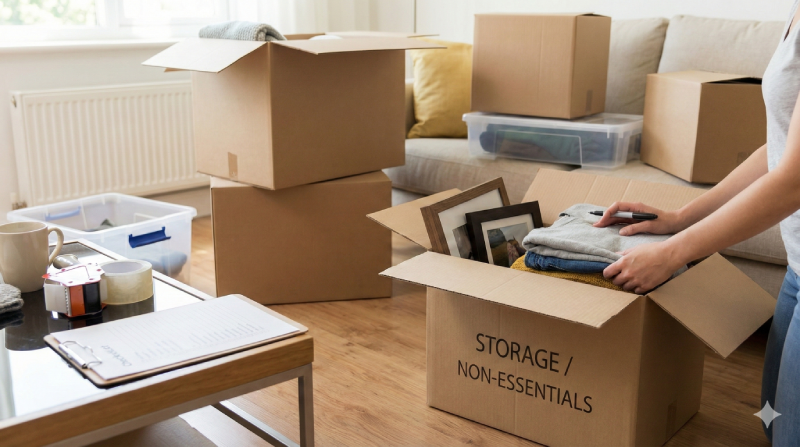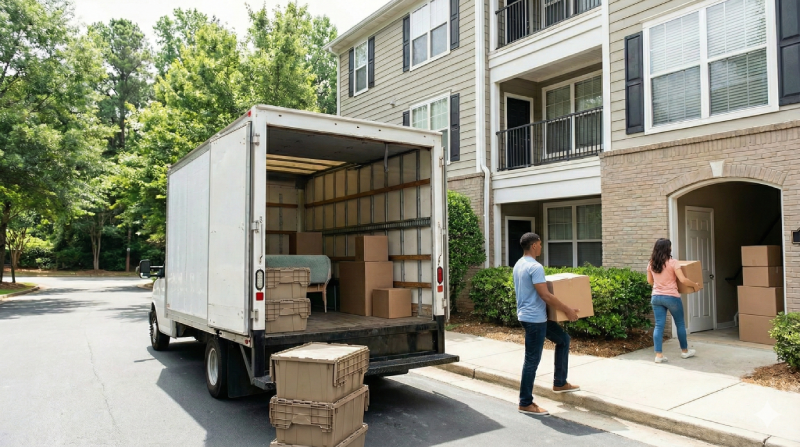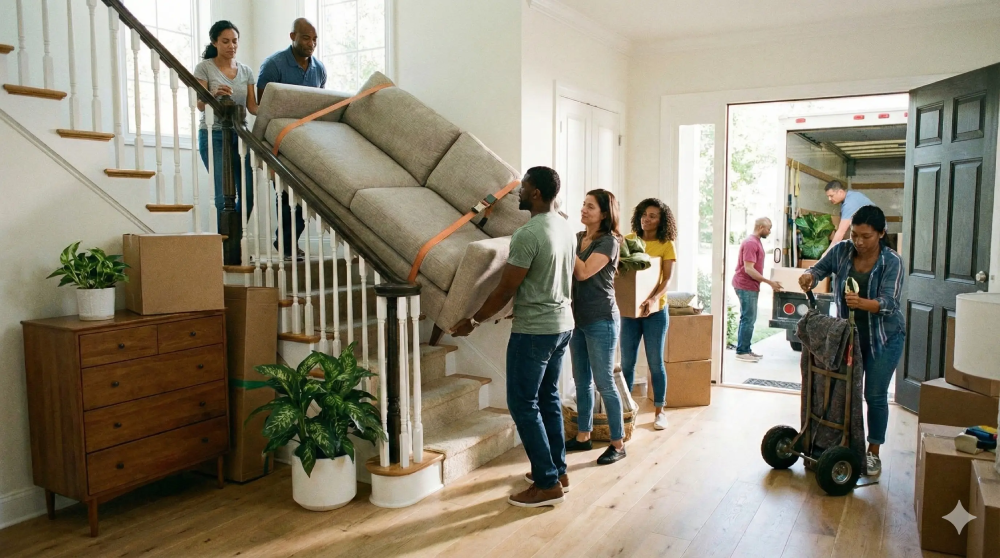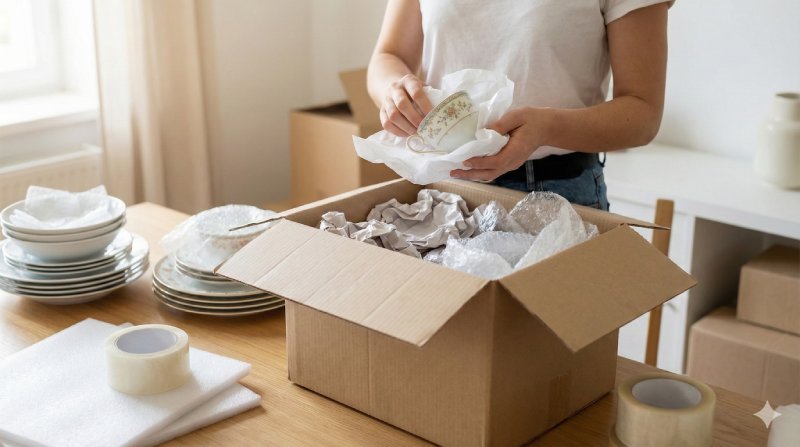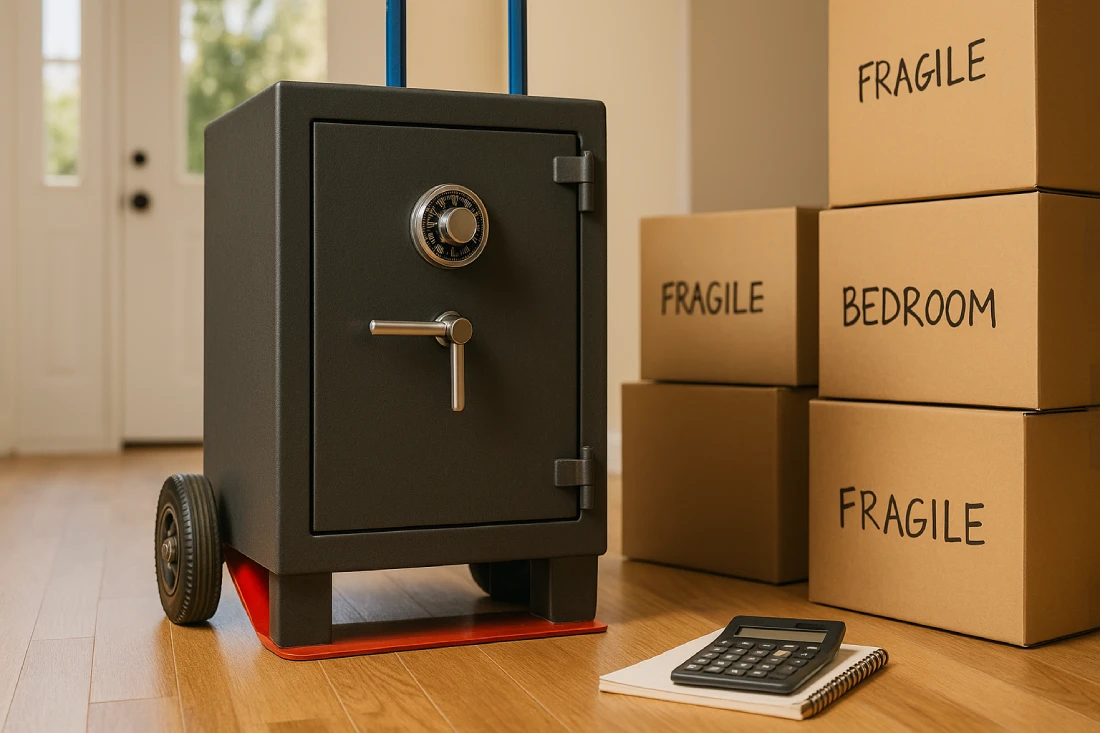A decluttering checklist breaks down the overwhelming task of clearing your home into manageable, room-by-room steps. Whether you're preparing for a move or simply want to simplify your space, you'll have a clear system for making decisions about every item you own. This guide walks you through each space in your home, shows you what to remove, explains safe disposal methods, and gives you practical strategies to maintain your progress. We'll focus especially on making your move easier and more cost-effective.
Decluttering vs. Organizing: What's the Difference?
Decluttering means removing items that are unnecessary, expired, or unwanted. It creates space and reduces moving costs. Organizing means arranging the remaining items efficiently. You should always declutter before organizing, and definitely before packing for a move. This will result in better living spaces and allow you to consider more affordable and efficient moving options like labor-only moving.
Decluttering Before a Move: Lightening Your Load for a Fresh Start
Moving to a new home presents the perfect opportunity to declutter thoroughly. The less you pack and transport, the easier and less expensive your move will be. Use these strategies to purge effectively before moving day and start fresh in your new space.
If you're ready to start now, tackle an easy, low-emotion area first. Try the "Trash Bag Sprint": Set a 15-minute timer and fill a bag with obvious trash and expired items. No decision-making required. This includes junk mail, expired food, broken items, and dead plants. Immediate progress builds momentum. Then tackle easy categories like expired medications or the junk drawer. Every item you remove now is one less thing to pack, move, and unpack.
Start Early: The 8-Week Pre-Move Declutter Timeline
Begin decluttering at least two months before your move date to avoid last-minute stress and rushed decisions. This timeline gives you adequate time to sort through belongings thoughtfully, research donation options, and schedule pickups without pressure.
- 8 weeks before moving: Start with storage areas like attics, basements, and garages, where items are rarely used and easier to evaluate objectively.
- 6 weeks before moving: Tackle seasonal items, holiday decorations, and clothing you haven't worn in over a year.
- 4 weeks before moving: Sort through kitchen items, books, media, and home office supplies, keeping only what you'll actually use in your new space.
- 2 weeks before moving: Make final decisions on furniture and large items, measuring your new space to confirm what will fit and what should be sold or donated.
- 1 week before moving: Do a final sweep of all rooms, removing any remaining items you've decided not to take with you.
Apply the "New Home" Test to Every Item
When deciding whether to keep something, ask yourself these specific questions about your new living situation:
- Does this fit my new space? If you're downsizing or the layout is different, furniture and storage solutions that worked before may not work now.
- Does this match my vision for my new home? Moving is a chance to create the environment you want rather than recreating what you had.
- Is this worth the cost of moving? Calculate whether it's cheaper to replace an item than to pay to move it, especially for low-value, bulky items.
- Will I unpack this within the first month? If you can't imagine unpacking something right away, you probably don't need it in your new home.
Category-by-Category Pre-Move Decluttering
Focus on these high-impact categories that add the most weight and cost to your move:
- Furniture: Measure your new space and create a floor plan before moving day. Sell or donate pieces that won't fit or that you want to replace with something better suited to your new home.
- Books and Media: Books are extremely heavy and expensive to move. Keep only favorites and reference materials you genuinely use, donating the rest to libraries or used bookstores.
- Kitchen Items: Moving is the ideal time to purge duplicate utensils, appliances you never use, and mismatched dishware. Keep only one complete set of everything you need.
- Clothing and Linens: Pack only clothes that fit, are in good condition, and match your current lifestyle. Replace worn linens and towels after you move rather than packing them.
- Garage and Outdoor Items: Garden chemicals, paint, and hazardous materials often cannot be transported by moving companies. Use them up, dispose of them properly, or give them to neighbors.
Selling Items Before Your Move
Turn your unwanted items into moving funds by selling valuable belongings before your move date:
- Hold a moving sale: Host a yard sale or estate sale 2-3 weeks before moving to sell furniture, appliances, and household goods quickly.
- Use online marketplaces: List valuable items on Facebook Marketplace, Craigslist, or OfferUp at least 4-6 weeks before moving to allow time for buyer inquiries and pickup scheduling.
- Consign quality items: Take gently used furniture, clothing, and home decor to consignment shops that will handle the sale for you.
- Price for quick sale: Remember that your goal is to lighten your load, not maximize profit. Price items 30-50% below retail to encourage fast sales.
Strategic Donation and Disposal
Schedule donation pickups and disposal services well in advance to ensure items are removed before moving day:
- Schedule charity pickups: Organizations like Goodwill, Salvation Army, and Habitat for Humanity ReStore offer free pickup for furniture and large items with advance scheduling.
- Research specialty donation centers: Find organizations that accept specific items like electronics, building materials, medical equipment, or professional clothing.
- Arrange junk removal: For items that cannot be donated or sold, schedule a junk removal service or rent a dumpster for the week before your move.
- Get donation receipts: Request receipts for all charitable donations to claim tax deductions, which can help offset moving costs.
The "Open First" Box Strategy
Create a test for what you truly need by packing an "essentials box" for each room containing only the items you'll need immediately in your new home. If you can't justify putting something in an "open first" box, seriously consider whether you need to move it at all. This exercise helps you identify what truly matters versus what you're moving out of habit.
How to Handle Sentimental Items While Decluttering
Sentimental items represent the most emotionally challenging category in any decluttering checklist. These objects carry memories, connect us to loved ones, and feel impossible to part with. You can honor these memories without letting physical clutter overwhelm your living space or add unnecessary weight to your move. Use these strategies to manage sentimental belongings while preserving what truly matters.
- Set a Memory Box Limit for Sentimental Items: Pick one or two appropriately sized containers (such as a shoebox or medium plastic bin) to hold all of your most cherished keepsakes, letters, and physical photos. Everything sentimental must fit within this space limit, forcing you to curate only the most meaningful items. This controlled approach makes moving sentimental items manageable.
- Apply the Top 10% Rule to Photographs: Instead of keeping every single photo from every event, select only the best 10% that truly capture meaningful moments. Digitize the remaining photos for backup, then throw away any physical photos where you don't recognize the people, remember the context, or feel a genuine emotional connection. Digital memories travel light.
- Release Inherited Items with Permission and Gratitude: You can keep the memory and the story without keeping the physical burden. Take a high-quality photo of the inherited item, write down the story and meaning behind it, and then give yourself permission to donate or sell the physical object if you don't actively use it or have enough space. Love and memory live in your heart, not in the object itself. Before moving inherited furniture or large items, ask yourself if they'll fit and function in your new space.
- Create Digital Memory Archives for Bulky Keepsakes: For large sentimental items like children's artwork, old clothing, or school projects, photograph or scan these items to create a digital memory book. This lets you preserve the memory in a format that takes up zero physical space while still being easily accessible whenever you want to look back. This is especially valuable when downsizing for a move.
Common Mistakes to Avoid While Decluttering
Success often comes from avoiding common pitfalls that lead to burnout or re-cluttering. For additional practical strategies, explore our collection of moving hacks and organizing tips.
- Starting with Sentimental Items First: This leads to getting stuck and emotional exhaustion. Start with low-emotion areas like the laundry room or expired food. Build momentum with easy wins before tackling harder decisions.
- Not Having a Plan for Donations/Trash Removal: Clutter simply moves from a shelf to a garage corner, or worse, onto the moving truck. Schedule a donation drop-off or junk pickup before you start, or at least for the day after. Get items out of your home completely before moving day.
- Buying Organizing Products Before Decluttering: You can't organize what you haven't purged. Declutter first, then measure the remaining items and buy only what you need for your new space. Wait until after the move to see what your actual storage needs are.
- Trying to Tackle Everything in One Day: This guarantees burnout. Use micro-sessions (15-30 minutes) or follow a structured plan like the one below. Understanding how long it takes to move can help you create a realistic timeline for both decluttering and the actual move.
Seasonal Decluttering Tips
Keeping your home decluttered requires regular maintenance throughout the year. When you match specific tasks to each season, you create a natural rhythm that stops clutter from building up. Use these seasonal strategies to maintain your organized home and stay move-ready at any time:
- Spring Cleaning Focus: Deep clean your home while getting rid of old paint and expired chemicals. Do a major clothing purge, removing heavy winter items you didn't use this season and donating things that no longer fit or work for you. Spring is also peak moving season, so start your decluttering early if you're planning a summer move.
- Summer Refresh Focus: Clean out outdoor spaces like the garage, shed, and sports equipment. Summer's longer days and warmer weather make this a good time to digitize documents and photos when you have more energy and daylight. If you're moving in the fall, use summer to tackle your biggest decluttering projects.
- Autumn Prep Focus: Get ready for colder months by organizing your entryway, mudroom, and linen closet. Sort through coats, boots, and cold-weather accessories before the season starts, keeping only items that fit well and are in good condition. Fall decluttering prepares you for potential relocation or downsizing decisions.
- Winter Reset Focus (Before Holidays): Make space for incoming holiday gifts by cleaning out kids' rooms and toy storage. Look through kitchen gadgets, serving dishes, and entertaining supplies, removing duplicates or items you haven't used in the past year. Winter is a good time to plan a spring move and begin strategic decluttering.
- Quarterly Digital Decluttering: Review your digital spaces each season, including email inboxes, photo libraries, and subscription services. Cancel unused subscriptions and delete old files to keep your digital life organized. Update your address with important accounts before any move.
- Seasonal Donation Schedule: Set up a regular donation routine by scheduling quarterly drop-offs with your seasonal decluttering. Many charities need more items before holidays and summer camps, making your donations even more helpful when timed right. Regular donations mean you're always ready for a potential move.
Special Handling & Disposal
Always check with your local waste management for the most current rules. If you're preparing for a move and need to dispose of items properly, consider reviewing information about mover liability to understand what items require special care during transport. Many hazardous materials cannot be moved by professional movers, so dispose of them before moving day.
- Medications: Use DEA National Take-Back Days or authorized pharmacy drop-offs. DO NOT flush or put in regular trash. Movers cannot transport medications.
- Electronics (E-Waste): Use certified e-waste recycling centers or retail drop-offs. Erase ALL data before recycling. Don't pay to move outdated electronics you won't use.
- Batteries & Bulbs: Use local hazardous waste programs. DO NOT put in regular trash. These items are often prohibited in moving trucks.
- Sensitive Documents: Use a cross-cut shredder. Shred anything with account numbers, SSN, or personal details. Reduce what you move and protect your identity.
- Paint and Solvents: Check with your local waste management for disposal days. NEVER pour down the drain or storm sewer. Professional movers cannot transport flammable materials or hazardous chemicals.
Live Clutter-Free Life Year-Round
Decluttering creates space for what matters most and makes your move much easier and less expensive. The strategies in this guide work whether you're moving across town or across the country, or simply want a clearer, more organized home. Take action with the room-by-room approach, the 30-day challenge, or daily 15-minute sessions. Three habits help you stay clutter-free and move-ready: the One-In-One-Out Rule, the Perpetual Donation Box, and seasonal reviews. These stop clutter from coming back.
Start with one drawer today. Your clutter-free home and easier move begin with a single decision.
Frequently Asked Questions
How long does it take to declutter an entire house?
For an average 3-bedroom home with moderate clutter, expect 40-80 hours. Working 2-hour weekend sessions means 2-4 months. The 30-day challenge (15-30 minutes daily) is more sustainable and prevents burnout.
What's the fastest way to declutter when you're completely overwhelmed?
Set a 15-minute timer and fill a bag with obvious trash and expired items—no decision-making required. This includes junk mail, expired food, broken items, and dead plants. Immediate progress builds momentum. Then tackle easy categories like expired medications or the junk drawer.
How do I declutter when my family members are resistant or keep bringing stuff back?
Start by decluttering only your personal spaces (your closet, bathroom, and side desk). Lead by example. Once your family sees the benefits, they become more receptive. For shared spaces, hold a family meeting and agree on rules like One-In-One-Out. Make decluttering a game with rewards for children. Never declutter others' belongings without permission.
Should I sell items or just donate everything?
General rule: If an item is worth under $50 and takes over 2 hours to sell, donate it. For high-value items ($100+) like furniture or electronics, sell on Facebook Marketplace, eBay, or Poshmark. Set a deadline: if unsold within 2-4 weeks, donate immediately. Don't let "items to sell" become new clutter.

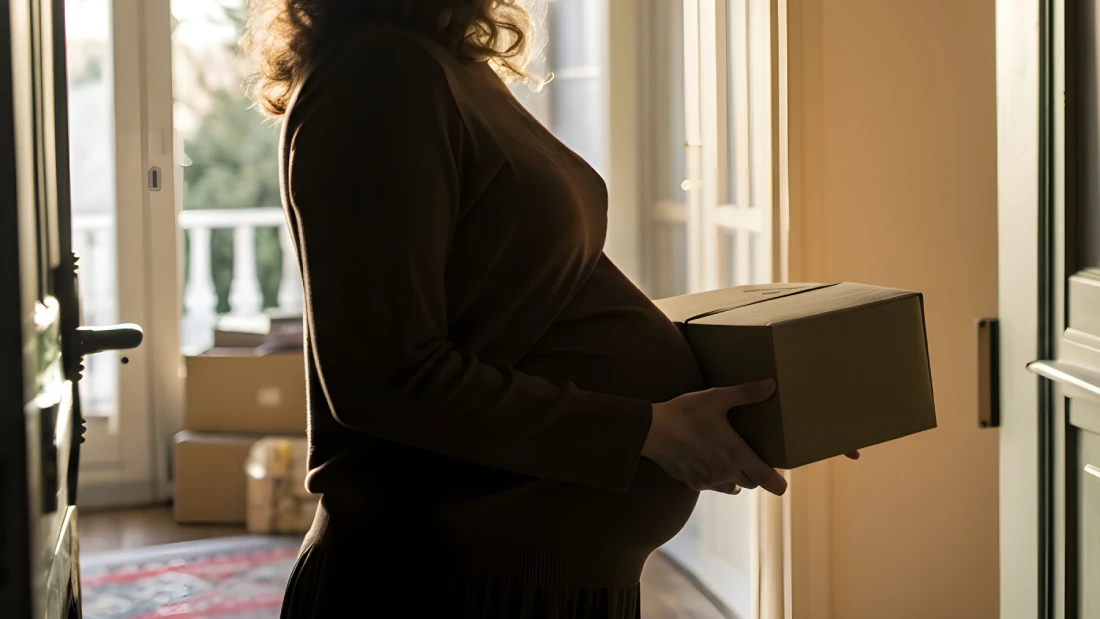





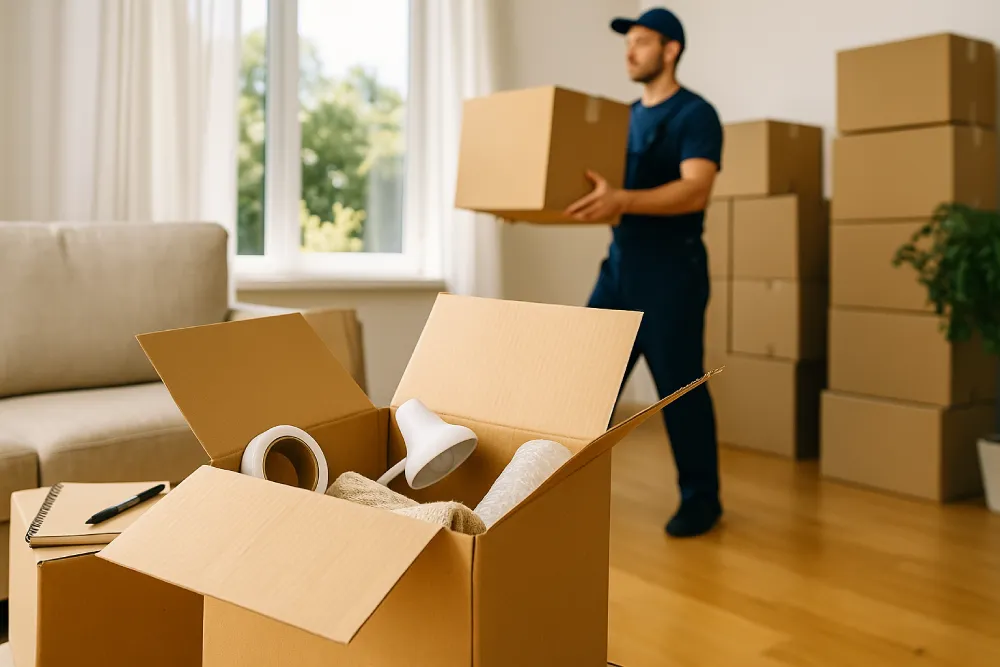










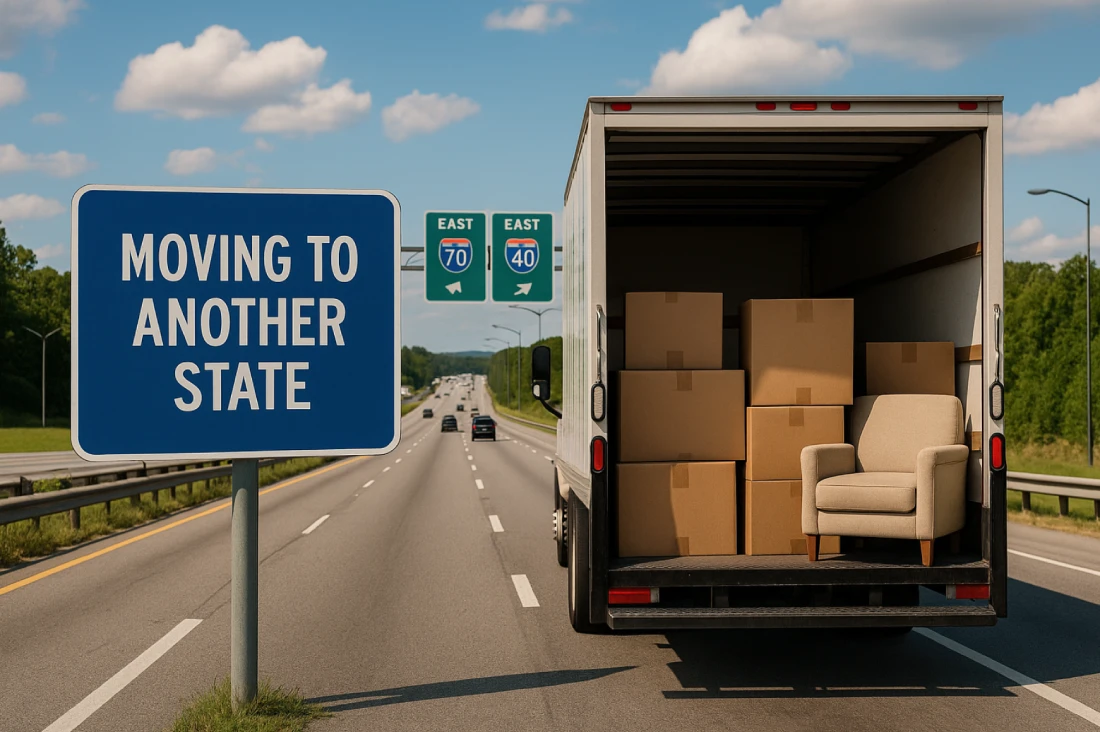




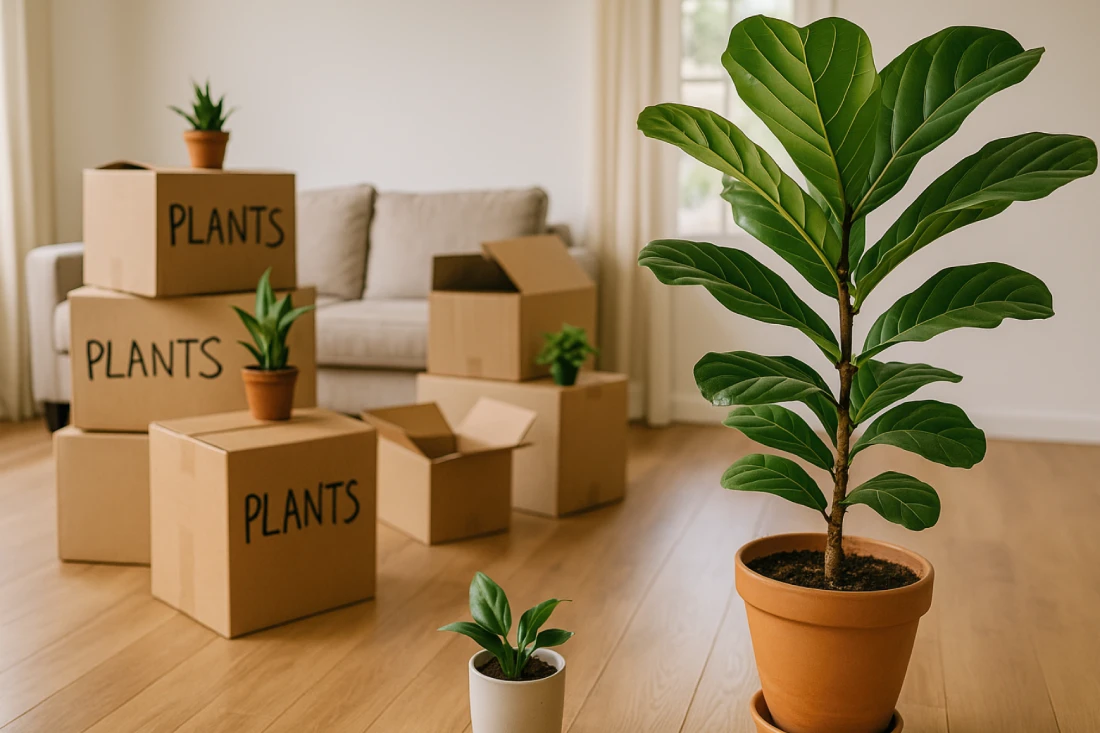





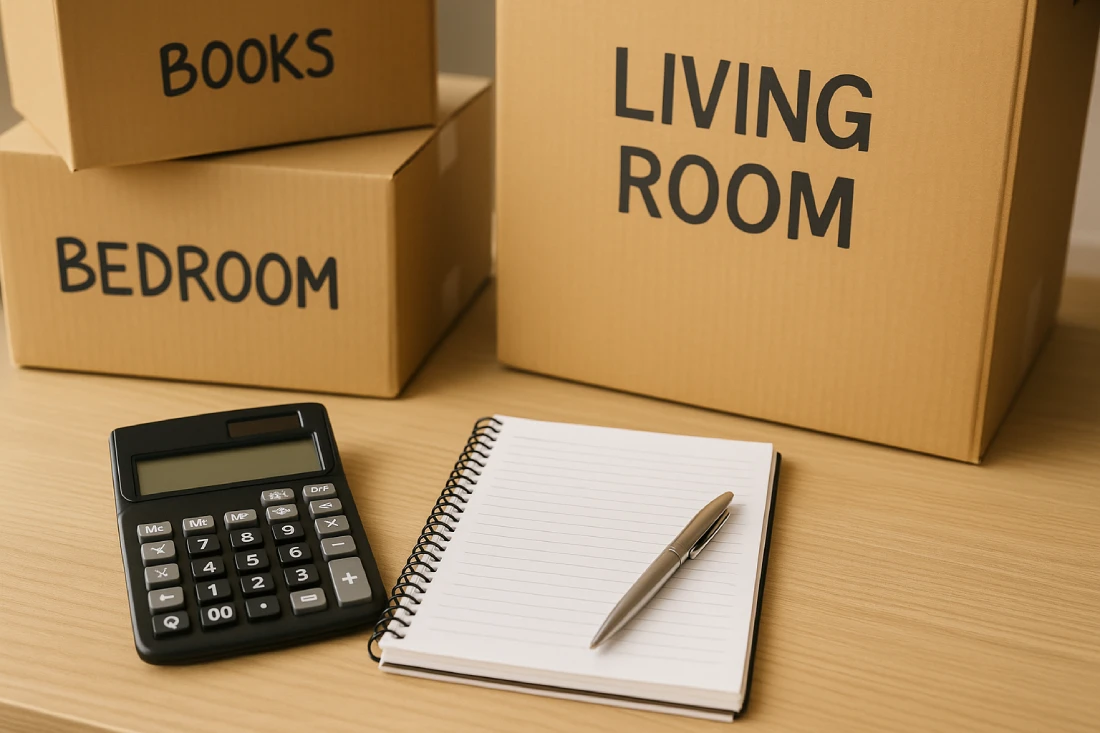


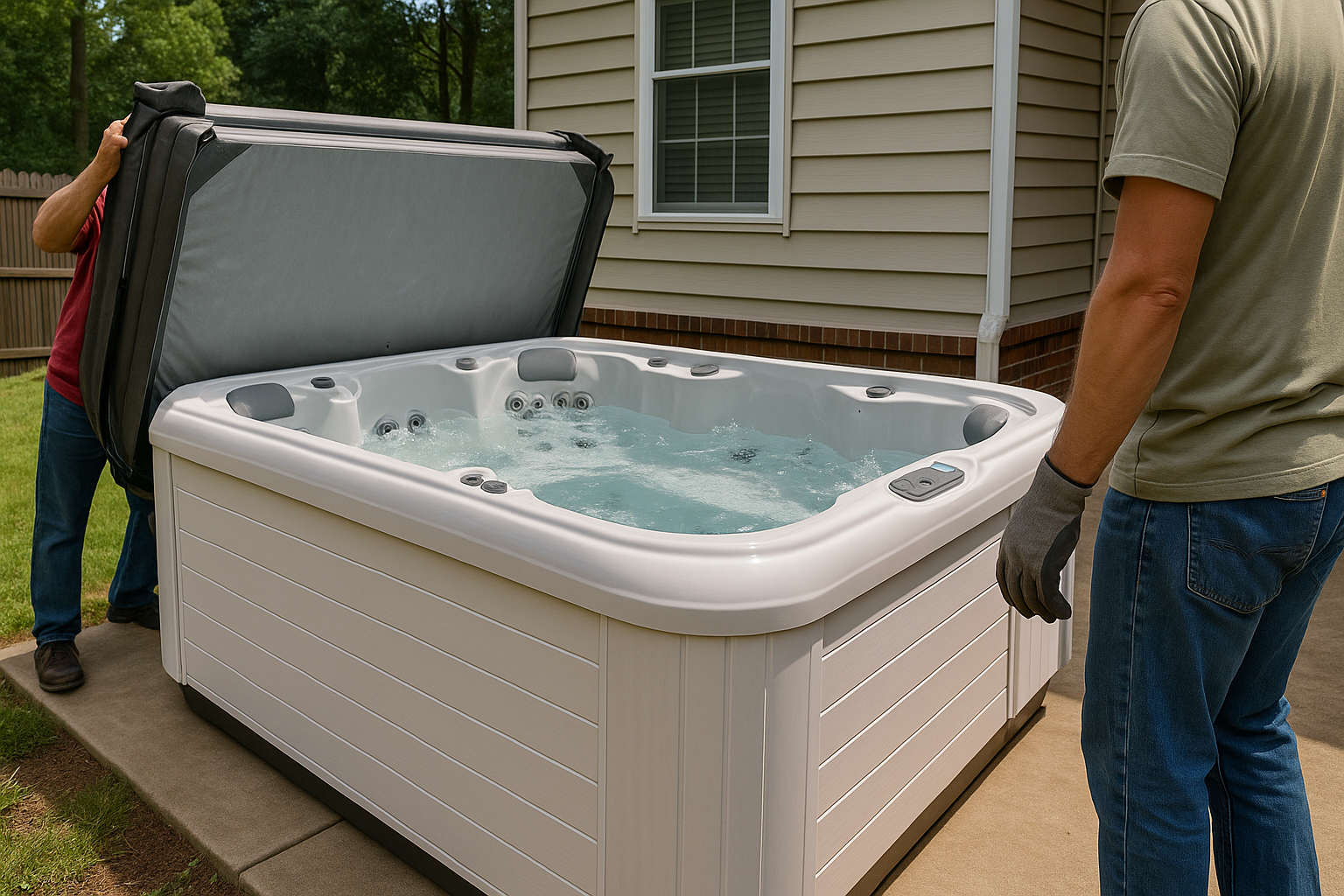

.webp)









